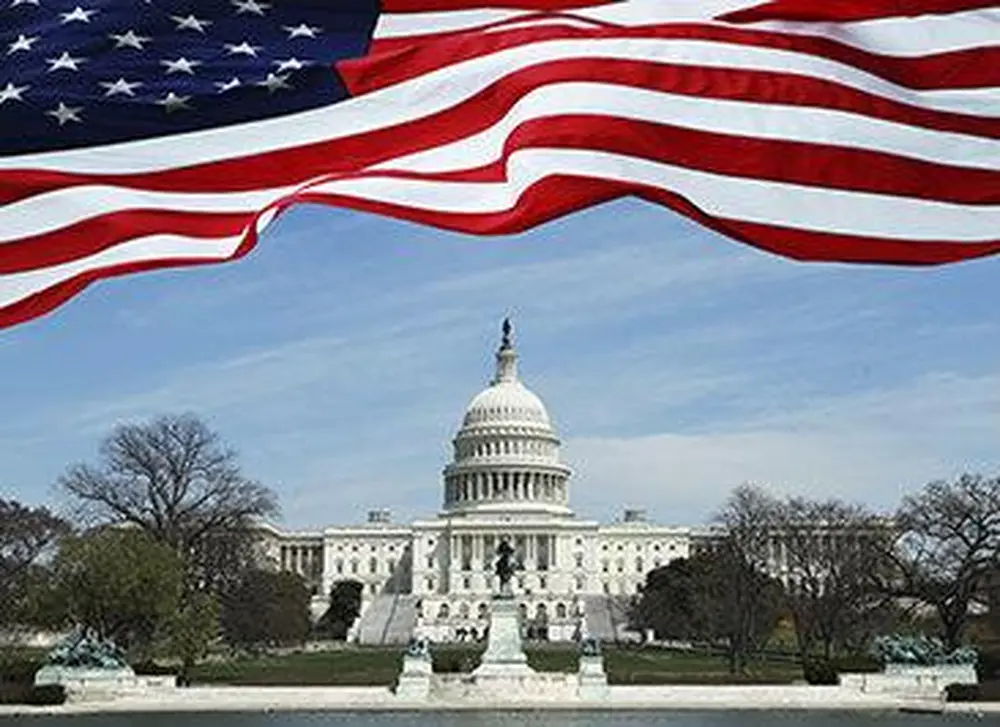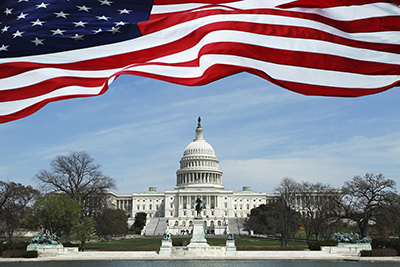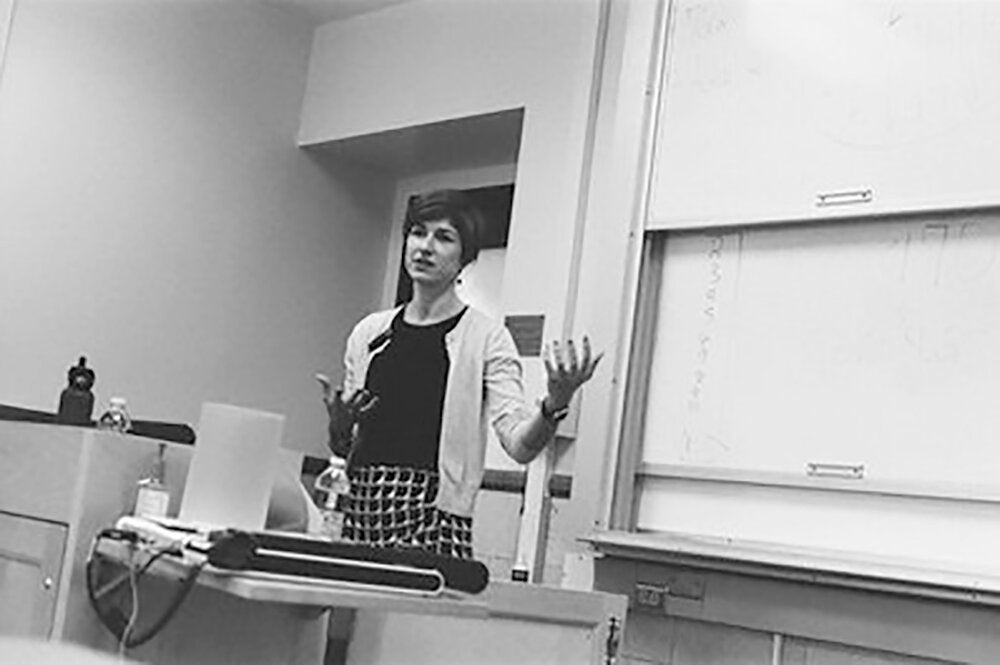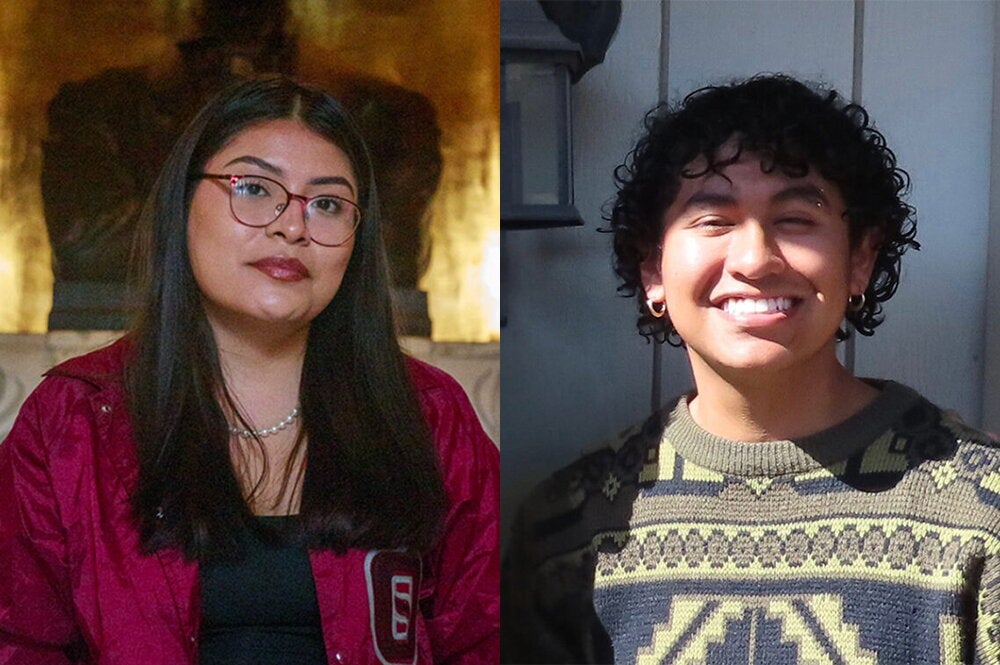

Every four years the presidential nomination process in the United States comes under a great deal of scrutiny, with critics claiming that the drawn-out primary cycle, scheduled to begin in February 2016 and lasting until June, affords too much influence to a small number of voters in early primary states.
But according to new research from a team of University of Illinois economists, the sequential election format of the primaries is the best mechanism to select the “Condorcet winner”—that is, the candidate who would prevail in a head-to-head election against any one of the other candidates (named for 18th century French political scientist Marquis de Condorecet, who championed election methods that would grant victory to such a candidate).
“In principle, presidential primaries do not have to be organized as a sequence of state-by-state elections,” said Mattias Polborn, a professor of economics and political science at Illinois. “There have been calls by some pundits to replace the system with a one-day national primary, and there is also a plan by the National Association of Secretaries of State that proposes to hold four regional primaries, one month apart from each other. We wanted to know how these proposed systems would perform in terms of candidate selection.”
In the paper, Mattias and co-author George Deltas, professor of economics, studied the trade-offs between voter coordination and candidate quality under different primary election systems. Using data obtained from Democratic and Republican presidential primaries from 2000-12, Deltas and Polborn ran experiments such as replacing the current primary system with a simultaneous system in which all 50 states voted at once, individually or as blocs.
The findings show that the current sequential election system results in the “highest probability that the Condorcet winner is elected and the highest expected quality of the nominee,” according to the paper.
That’s not to say the current primary system is flawless. It raises two distinct problems for voters, Polborn said.
“First, many candidates are largely unknown to a national audience, so voters still need to learn by observing the candidates’ performance on the campaign trail and their performance in national debates, both of which often play a major role in influencing voters,” he said.
“Second, different groups of voters—socially conservative Republicans, for example—have several candidates to choose from that are ideologically aligned with them. And they will be more successful if they manage to coordinate on one candidate rather than splitting their votes among all of them.”
But which candidate primary voters coordinate on is a difficult issue to decide, Polborn said.
“Rushed voter coordination might eliminate a candidate who otherwise would have been a legitimate contender if he or she were seriously considered,” he said. “In other words, learning about candidate quality takes time.”
Sequential primaries have likely facilitated the victory of candidates who were not the frontrunner at the beginning of the primary season. Polborn cites Barack Obama in 2008 as one such example.
“In a simultaneous election with a large set of candidates, the candidate who would come out on top is often not the best one,” Polborn said. “By contrast, sequential elections allow voters to narrow down the field of contenders as a way of avoiding vote-splitting among several similar candidates.”
Winning, especially in early primaries, helps a candidate because “it conveys positive information about him to voters in later states,” he said.
“To use this ‘momentum effect,’ candidates will spend a lot of time in the coming months trying to persuade voters in Iowa and New Hampshire, even though the number of delegates distributed in these contests is actually very small.”
Although sequential elections allow voters to coordinate and thus avoid a situation where a candidate wins just because his ideological opponents split the votes of their supporters among each other, their disadvantage is that, once coordination has occurred, there’s very little chance to correct an error made in early elections, as candidate momentum dominates, Polborn said.
“This problem is quite large, as our empirical results show that the probability of the full-information Condorcet winner dropping out after the first few primaries is substantial,” he said. “However, the problem of vote-splitting in a simultaneous primary would be a lot worse than the problem of coordination on the wrong candidate in sequential primaries.”
Polborn points to the 2010 Illinois Republican primary for governor as an example of the problem of vote-splitting in a simultaneous election.
“There were seven candidates, but only [state senator] Bill Brady came from downstate, while the remaining serious candidates all came from the Chicago area,” he said. “Brady received only 21 percent of the statewide vote and most likely was not the strongest candidate that Republicans could have nominated, but won the primary nevertheless because the Chicago-based candidates split the vote there very evenly. Brady then went on to lose what should have been a very winnable general election for the Republicans.”
The paper will appear in the Review of Economic Studies.
Helios Herrera, of HEC Montreal, was a co-author of the paper.


